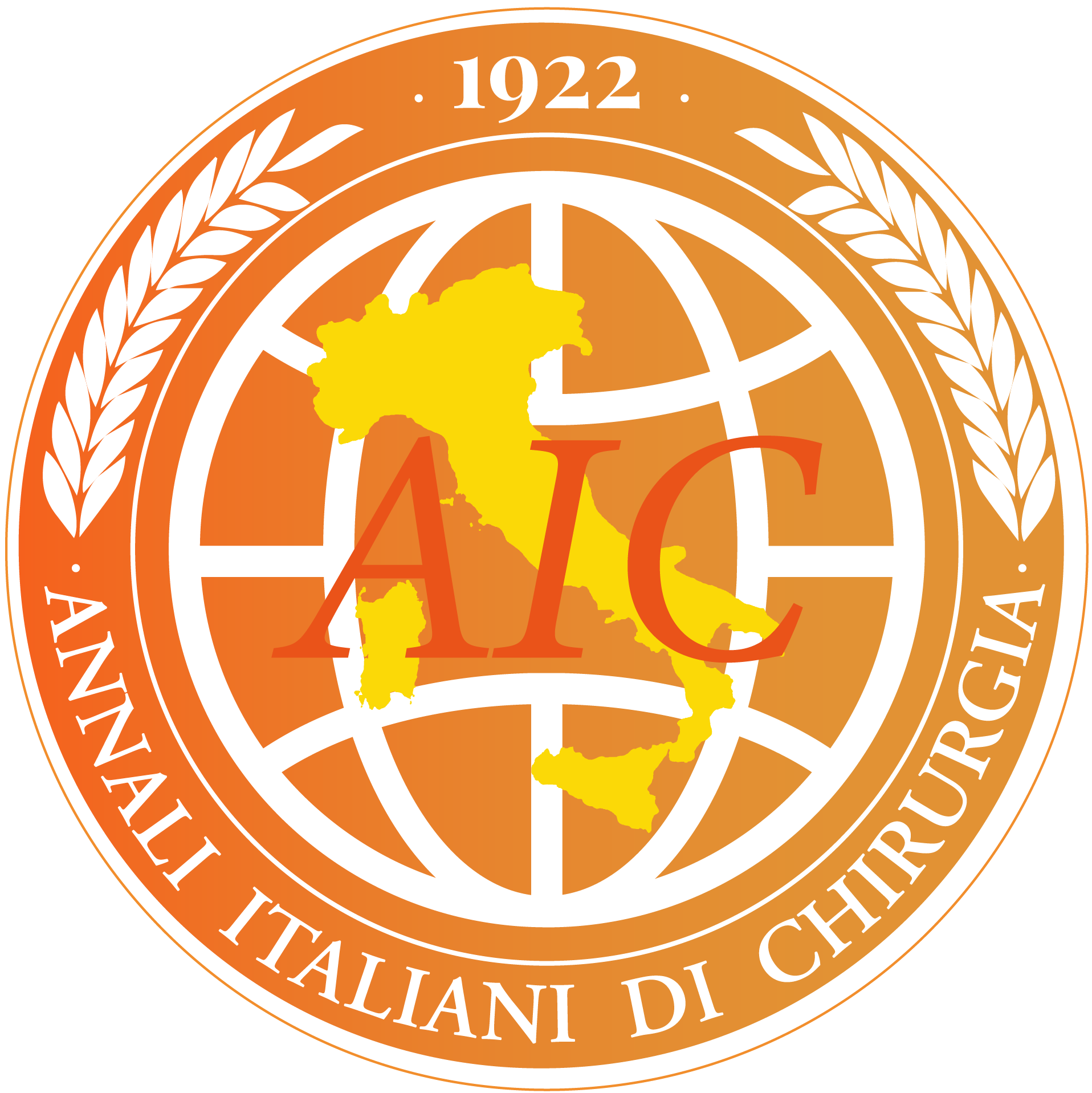1 Jul 2019
ArticleEvaluation of tissue oxygenation and block quality using Near Infrared Spectroscopy (NIRS) in patients undergoing ultrasound-guided infraclavicular block at different arm angles A prospective observational study
Orhan Binici 1Mahmut Karahan 1Evren Buyukfirat 1
Affiliations
Article Info
1 Department of Anesthesiology and Reanimation, Harran University Medical Faculty, Sanliurfa, Turkey
Ann. Ital. Chir., 2019, 90(4), 100723;
Published: 1 Jul 2019
Copyright © 2019 Annali Italiani di Chirurgia
This work is licensed under a Creative Commons Attribution 4.0 International License.
Abstract
BACKGROUND: The preference for peripheral nerve block methods is increasing with every passing day. Our aim in this study is to evaluate tissue oxygenation using a near-infrared spectroscopy (NIRS), as a non-invasive device that detects tissue oxygen saturation (St02), in patients subjected to infraclavicular blockage at different angles. METHOD: Included in the study were 34 patients aged between 18 and 65 in the ASA I-II group who were scheduled to undergo hand, forearm or arm surgery. An infraclavicular block was applied with the shoulder abducted at 0°, 45° and 90° under USG guidance while the elbow was in extension. The St02 values of the patients were measured with NIRS in both arms every five minutes. RESULTS: A p value of <0.05 was considered statistically significant. Tissue oxygenation in the arm subjected to blockade increased significantly over time (p<0.001), while tissue oxygenation in the untreated arm did not change over time. The duration of the sensory blockade differed significantly only for values between 0 and 90 (p = 0.046). The block application time was lower at a 90° angle (p <0.001), and the satisfaction level decreased as the number of needle entries increased (p<0.001). Patient satisfaction increased as the angle increased (p=0.002). CONCLUSION: It was demonstrated that tissue oxygenation increased with NIRS in the extremity subjected to blockade in patients who underwent a USG-guided infraclavicular block at different angles; however, different angles were not observed to affect tissue oxygenation.
Keywords
- Infraclavicular block
- Near-infrared spectroscopy
- Tissue oxygen saturation
- Ultrasound
article-detail-mobile

